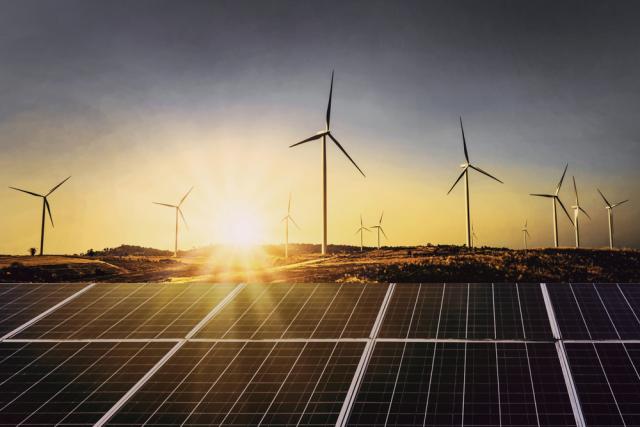
AUSTIN—There is no question the solar energy market is growing as a renewable energy source across the nation, and Texas is a major part of the emerging market.
But as solar grows so does the need to make certain the energy source can reach as many customers as efficiently possible. The Public Utility Commission of Texas (PUC) is sorting through numerous issues, chief of among these is how to manage the growing need for more transmission lines buildout to accommodate solar and wind energy.
PUC Commissioner Arthur D’Andrea, speaking during last week’s Solar Power Texas Conference in Austin, believes Texas is moving in the right direction. The extreme hot summer days and the west Texas night winds allow solar and wind to work well together in the state.
“My understanding when it comes to solar, as you know most of the wind is at night, so the lines tend to fill up when it’s really hot at night, but there is room on those lines when solar is producing,” D’Andrea said during a fireside chat with Solar Energy Industries Association president Abigail Ross Hopper. “When the wind is dying and it’s hot during the afternoons in the summer there is a whole lot of room on those lines. There is some local congestion though on the small transmission lines out there. We have to build that out, too.”
Battery storage and who should have ownership of it are also major issues on D’Andrea’s docket. D’Andrea admits that it has been difficult to figure out who is going to ultimately own the battery.
Does the utility company get to own it? Or will ownership be held by merchant generators like the rest of the generators under the Electric Reliability Council of Texas (ERCOT) umbrella?
“Of course it depends on the kind of battery we are talking about,” D’Andrea said. “Is it a smaller battery that is doing a distribution job, delaying a substation upgrade? Or are we talking about a large battery? Perhaps something on the transition? Those are the roles the battery can play.
“We need to figure out a way to incorporate those batteries. It’s still evolving.”
But D’Andrea is clear that he is not in favor of utility companies owning the batteries.
“I think it’s dangerous to have utility-owned batteries in most cases,” he said. “The promise of the ERCOT market is you come here and invest your own money in generation and you can make money based on the wholesale rates. Your revenue is based on the market that is available. To put in a big company that has been earning a guaranteed rate of return, a great base, is dangerous. So we have to be careful before we allow a million batteries to loom all over.
“When they are investing in that battery it’s much easier for them to do that knowing that their guarantee rate is confirmed as opposed to you guys going,” D’Andrea said.
One option, D’Andrea said, is to let the utility companies lease the battery and allow someone else to build the battery. He believes that could benefit all in the long run.
“So we are looking at various options and will figure out a way,” D’Andrea said. “It’s very promising to work batteries into our grid but it must be done very carefully to make sure we don’t wreck the market.”
Terrance Harris can be reached at tharris@hartenergy.com.
Recommended Reading
Exxon Versus Chevron: The Fight for Hess’ 30% Guyana Interest
2024-03-04 - Chevron's plan to buy Hess Corp. and assume a 30% foothold in Guyana has been complicated by Exxon Mobil and CNOOC's claims that they have the right of first refusal for the interest.
Exxon Ups Mammoth Offshore Guyana Production by Another 100,000 bbl/d
2024-04-15 - Exxon Mobil, which took a final investment decision on its Whiptail development on April 12, now estimates its six offshore Guyana projects will average gross production of 1.3 MMbbl/d by 2027.
Exxon Mobil Green-lights $12.7B Whiptail Project Offshore Guyana
2024-04-12 - Exxon Mobil’s sixth development in the Stabroek Block will add 250,000 bbl/d capacity when it starts production in 2027.
Petrobras to Step Up Exploration with $7.5B in Capex, CEO Says
2024-03-26 - Petrobras CEO Jean Paul Prates said the company is considering exploration opportunities from the Equatorial margin of South America to West Africa.
Exxon Mobil Guyana Awards Two Contracts for its Whiptail Project
2024-04-16 - Exxon Mobil Guyana awarded Strohm and TechnipFMC with contracts for its Whiptail Project located offshore in Guyana’s Stabroek Block.





